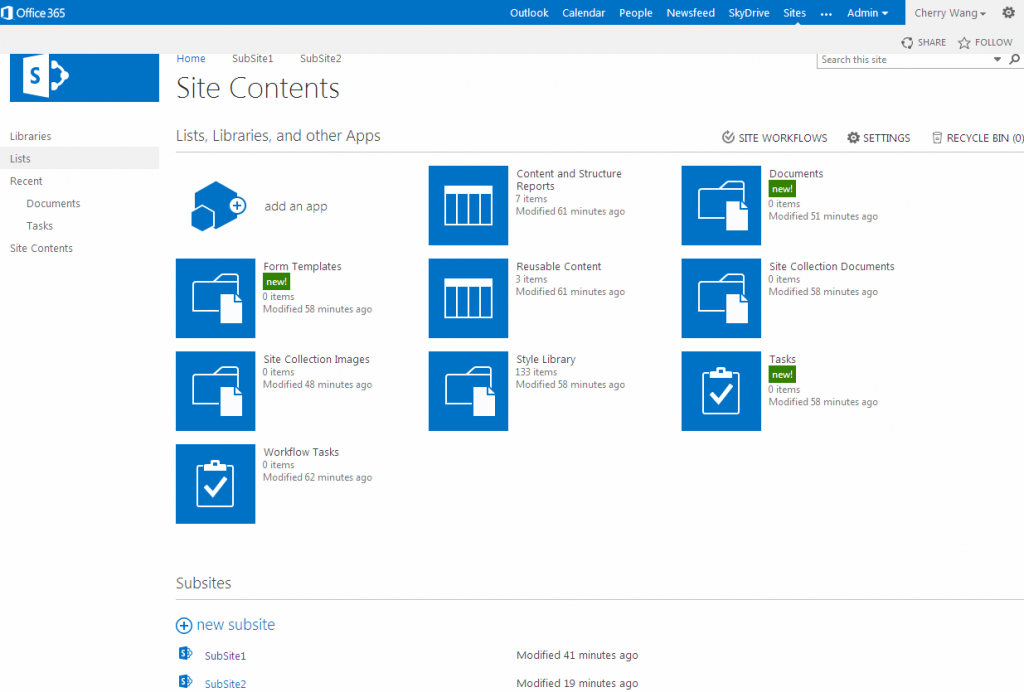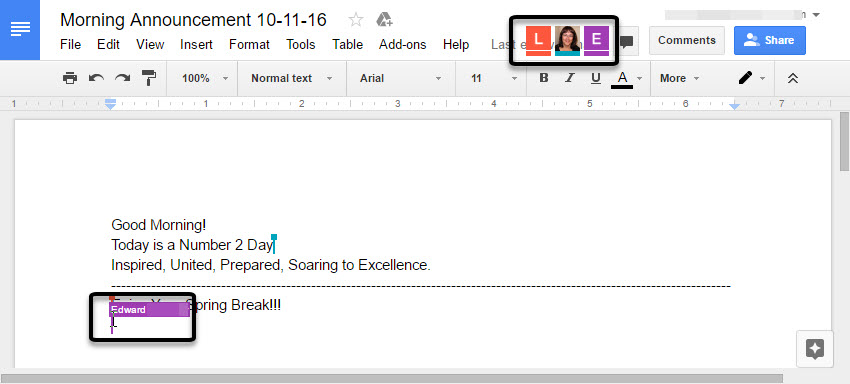Implementing SharePoint
The Perils of SharePoint
Organising information is not as easy as you may think it would be, (welcome to The Perils of SharePoint). Especially when that information is sprawled throughout folder after folder on a network server somewhere (maybe on premise, maybe in the cloud) and as I work my way around company after company I see the management of company data done with varying degrees of success.
There’s one bad implementation I see again & again and that is Microsoft SharePoint. Whilst it’s certainly become easier to deploy since its 2017 and cloud based O365 iterant I’m still surprised to see companies failing to adequately invest in the time & expertise needed from the outset to use it as it’s optimum. The result of this, is it’s mostly used as a data repository with none of the benefit of a flat folder structure on a network server, and yet not of the advantages of an advanced information management tool.

Fig1 – Teamsites – great innovation in SharePoint 2010, but no one really uses them
Let’s look at some of the really cool stuff a correctly implemented SharePoint platform can do;
Search – I remember a time whereby I’d be recommending a hardware Google server to search through your networks documents, nowadays correctly tagged documents are a breeze to find thanks to SharePoint.
Real time co-authoring – whereby previously enjoyed only by those using Google’s office suite of services, real time editing & co-authoring can be possible across the Office suite of apps in SharePoint.
Slick version control – no more having to worry about whether you’re working on the right file or not, with SharePoint integrated version control workflow component.
There are many more features, but I’ve included the three above as they are typical of features which are never properly utilised due to incorrect planning, implementation, deployment or training. Also surprising is when companies tell me “they are using SharePoint to its maximum potential” and they are really not. I can’t write this article much better than Scott Robinson so read his thoughts here
Not just a filing cabinet
As per Scott’s article, some of the biggest crimes against SharePoint is where it’s used as a filing cabinet & documents just get out of control, people saving version after version of the same thing because they are worried they’ll lose it, and don’t understand workflow (or have never been taught). That’s on top of the several copies of the same file as a backup on their local PC.

Fig 2 – Sharepoint apps, I project managed the creation of some once, not for the faint hearted let me tell you.
It’s not without problems
SharePoint is not perfect though. Although it’s gotten substantially better with its cloud based iterants, developing on it or making it look nice is still a chore. Customization is difficult if you only have the cloud version, but if you elect for on-premise, the complexity of ownership becomes a near vertical fucking mountain to climb.
Let’s also remember (and this is a key reason I see for why businesses are still getting SharePoint installs wrong) is the under-estimation of overall cost requirement with it. You need at least a fully qualified admin, ideally a developer or two, a server admin…the list goes on.
So it does fill me with somewhat dread when I start a new contract and someone shows me the ‘server’ and points me in the direction of a local SharePoint URL.
What’s the alternative?

Fig 3 – Googles awesome co-authoring
It’s quite simple really, Google. I appreciate the security considerations and industry regulations some companies need to adhere to when it comes to data storage, customer data & financial content, but for a lot of organisations that ‘aren’t that’ then Google services works superbly!
I particularly enjoy the co-authoring capability of documents, easy to share and delegate access controls along with availability across desktop & mobile from wherever you are. I still struggle to find companies these days who couldn’t use Google if they wanted to. I’m no fanboy but you can be sure that if you want a recommendation from me, it’s Google Google all the way.
How to do SharePoint properly
- Plan your data migration properly
- Educate, train, onboard and support every single person who’ll be using SharePoint
- Ensure local technology is compatible, PC’s, laptops, non-OSX equipment (Apple, Android etc)
- Invest in diligence, training & digital transformational planning
- Invest in qualified support & maintenance
- Onboard SharePoint champions and leaders (for larger organisations)
Useful links
Considerations when deploying SharePoint https://blogs.technet.microsoft.com/beyondsharepoint/2016/09/15/considerations-when-deploying-sharepoint-office365-hybrid-workloads-in-a-farm-utilizing-provider-hosted-add-ins-or-workflow-manager/
Online or On-premise?
https://redmondmag.com/articles/2015/08/14/sharepoint-server-vs-sharepoint-online.aspx
Microsoft Project deployment plan for SharePoint
https://stevegoodyear.wordpress.com/sharepoint-2013-deployment-project-plan-template/




